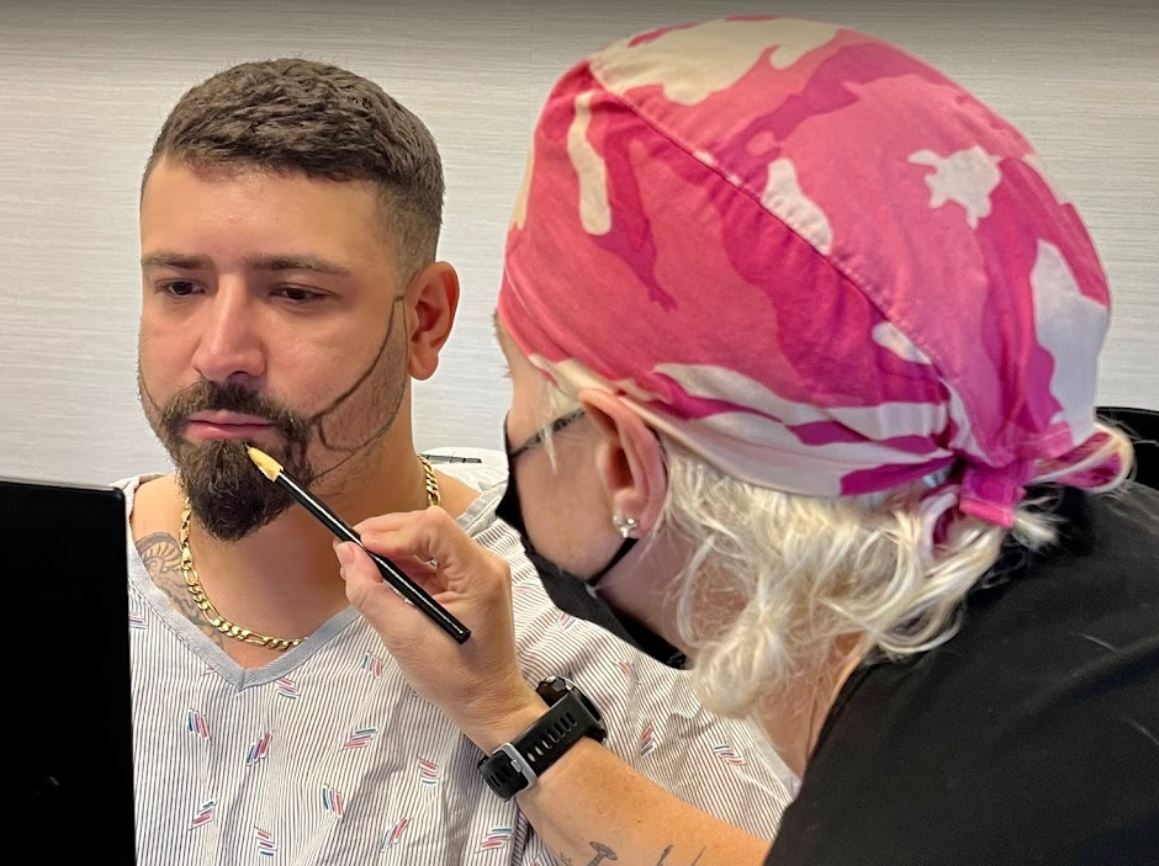Understanding the Facial Hair Transplant Procedure

A facial hair transplant is a surgical procedure used to restore beards and sideburns for men who are experiencing facial hair thinning or loss or for transgender men desiring facial hair
An expert surgeon will harvest follicles from a donor area on the back of the scalp – and transplant them onto the face. If you have a patchy beard, you may be an ideal candidate for a facial hair transplant. A facial hair transplant can correct a variety of hair loss problems caused by injury, inflammatory skin conditions, and simply poor hair growth in the beard.
Who Can Benefit from Beard Hair Transplants?
Facial hair transplants are ideal for men who are experiencing hair loss and want to maintain their existing facial hair or create the beard they desire but have not been able to grow naturally. It works best for those who have normal hair growth but need to fill in sparse areas of the face. Transgender men who want to improve the look of their beards can also benefit from this procedure.
How is a Facial Hair Transplant Performed?
Facial hair transplants are typically performed in a doctor’s office under local anesthesia utilizing the surgical technique of Follicular Unit Excision and Extraction (FUE) or Microscopically Dissected Elliptical Excision (MDEE). Your Ziering physician will recommend the best surgical procedure which will help you achieve optimal results safely. During a facial hair transplant procedure, your donor hair is harvested, and recipient sites are created by your surgeon in the beard area. Next, the harvested single hair grafts are placed meticulously into the recipient sites one hair graft at a time, so the procedure can take several hours to complete. After the procedure is completed, patients are often advised to keep their faces clean and uncovered while the incisions heal. A follow-up exam is typically scheduled the next day post-op and then two weeks after the procedure to ensure that the healing process is going as expected.
Recovery Time and Side Effects
After the surgery, patients may experience some mild swelling, which can be managed with an ice pack placed under the neck and not on the grafted area. Patients may also experience some itching around the incisions, which is typically managed with a copper peptide spray. The recovery time after a facial hair transplant procedure varies depending on the number of follicles that are transplanted. Generally, patients can expect to return to their normal daily activities after two weeks. You’ll see the full results of a facial hair transplant around 10 to 12 months after the transplant procedure. Most likely, you’ll notice some shedding of the transplanted beard hair grafts within the first 5 weeks post hair surgery. However, this is normal and to be expected.
Costs to Expect When You Have a Facial Hair Transplant
A facial hair transplant is a very intricate procedure requiring a high level of artistry. The cost of a facial hair transplant is determined by several factors, including the type of transplant, the number of grafts that are transplanted, the length of the procedure, and the doctor’s office or surgical facility that is used, etc. The typical cost of a facial hair transplant is between $10,000 and $15,000 per session. Financing options are available for medical procedures, including hair transplants.
Get permanent results that last a lifetime. Facial hair transplants are a great way for men to restore hair loss on the face and may be combined with sideburn, mustache, and even eyebrow transplants. While they do take some time to complete, for many men this provides a refreshed, handsome appearance; it gives them a new “look,” with a permanent and natural-looking result. And once the transplanted hair has grown in, there is no need to go through the procedure again unless the patient desires additional density.
Want to find out if a facial hair transplant is right for you? Get in touch with the experts at Ziering Medical today.






